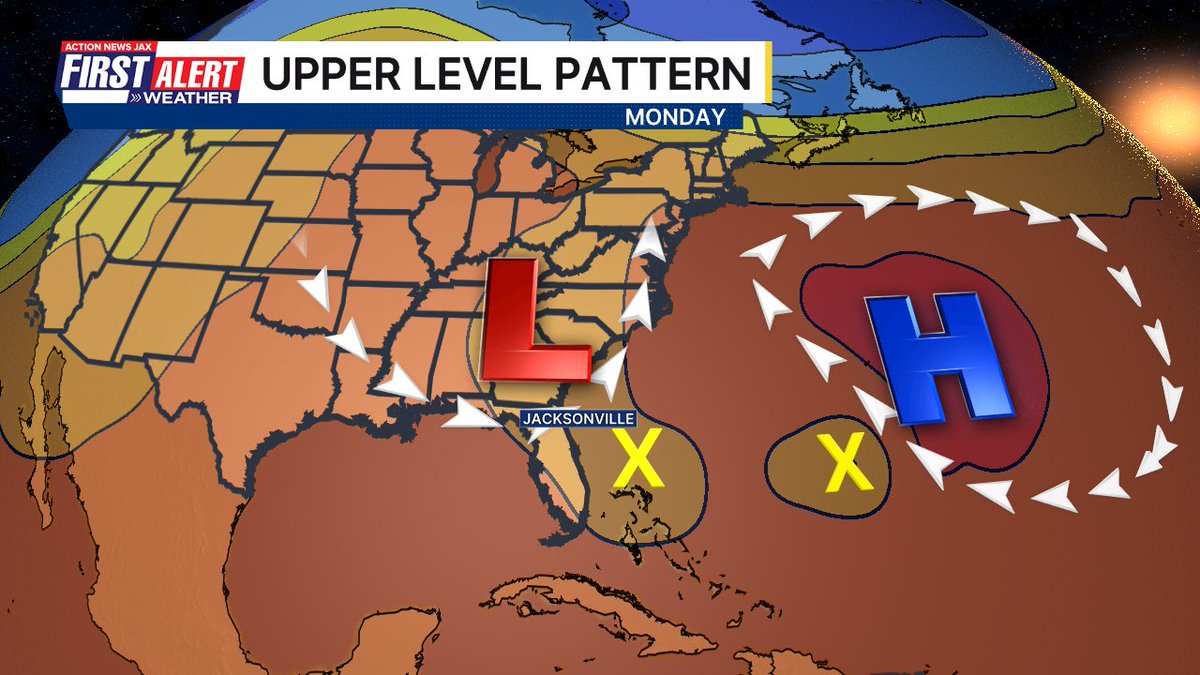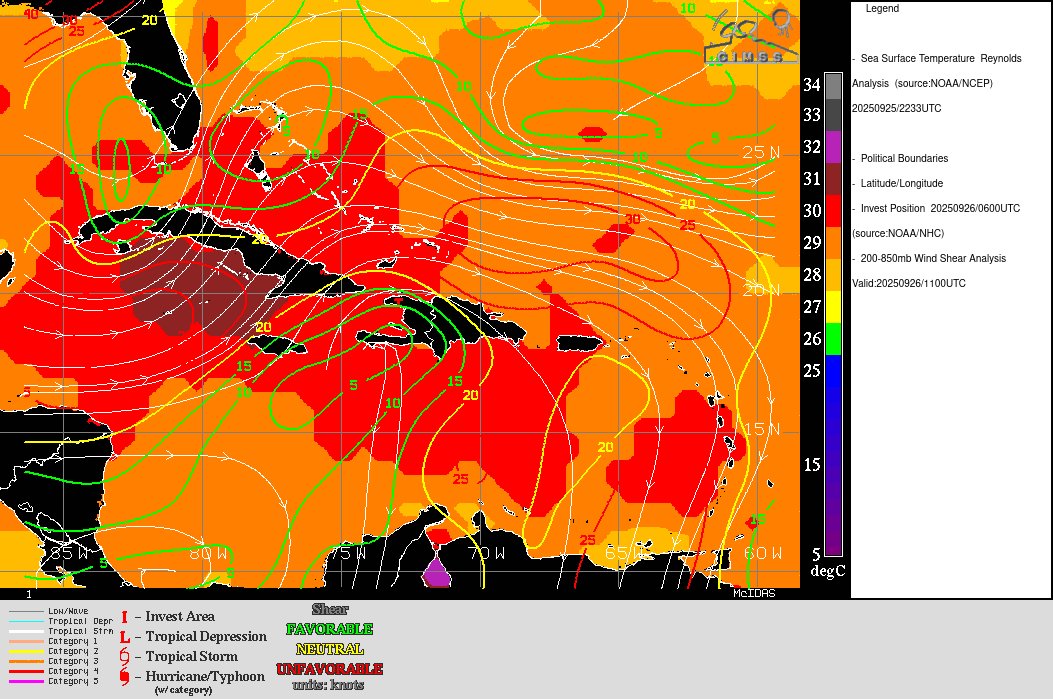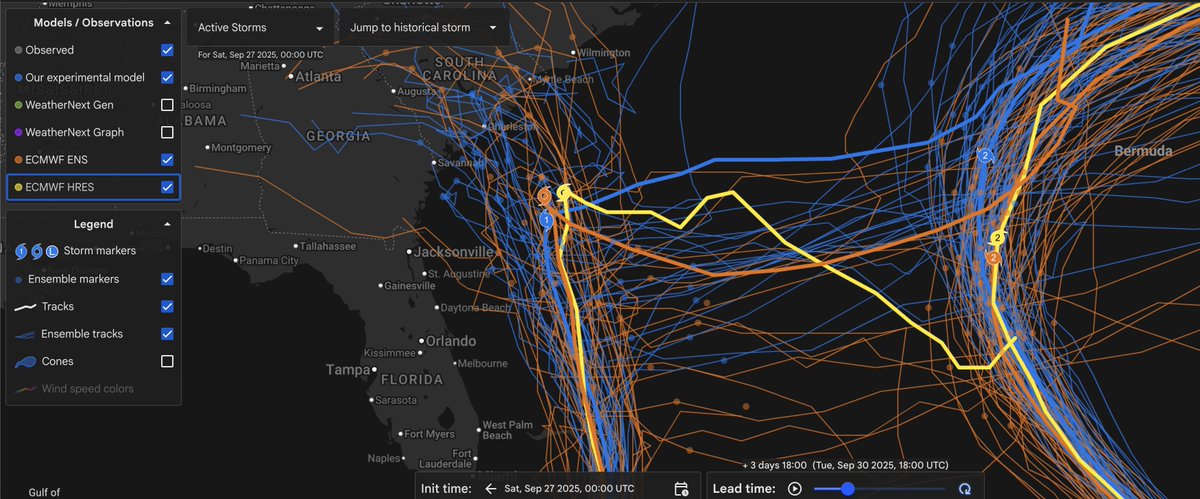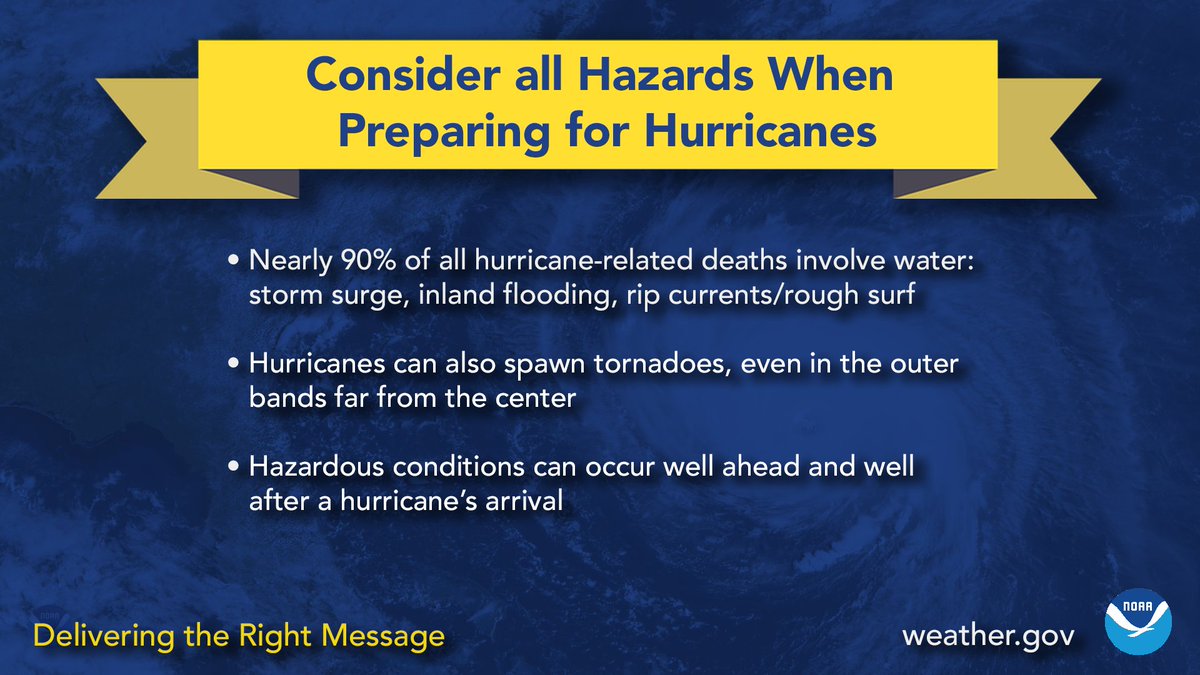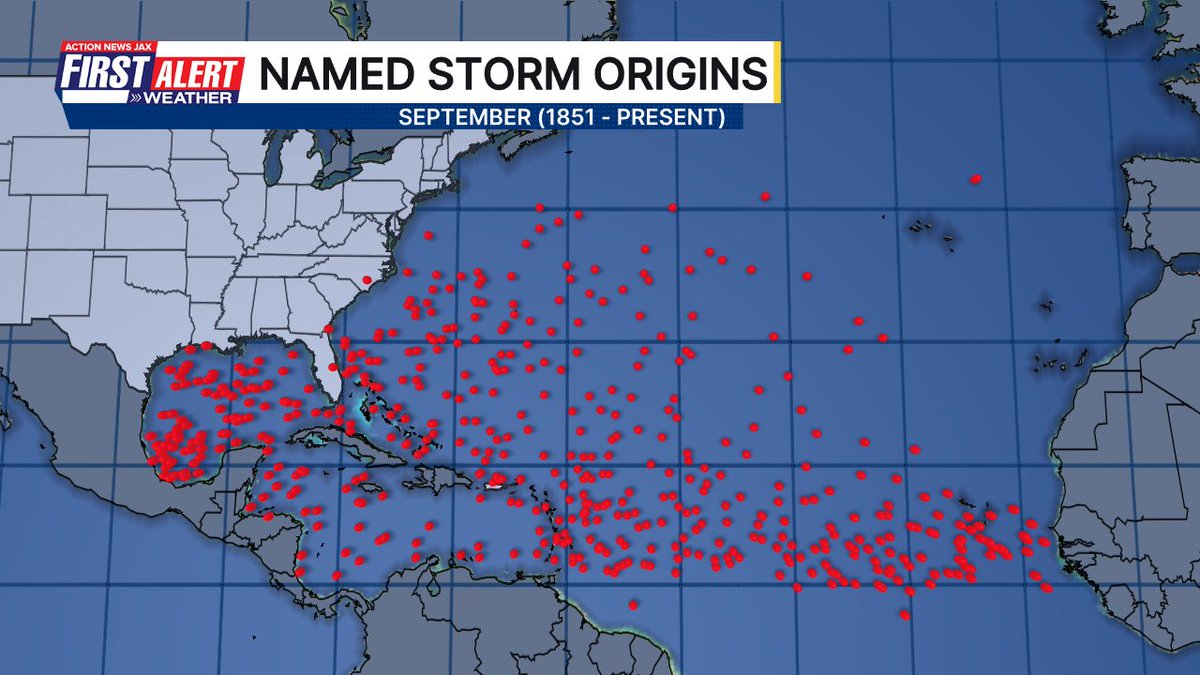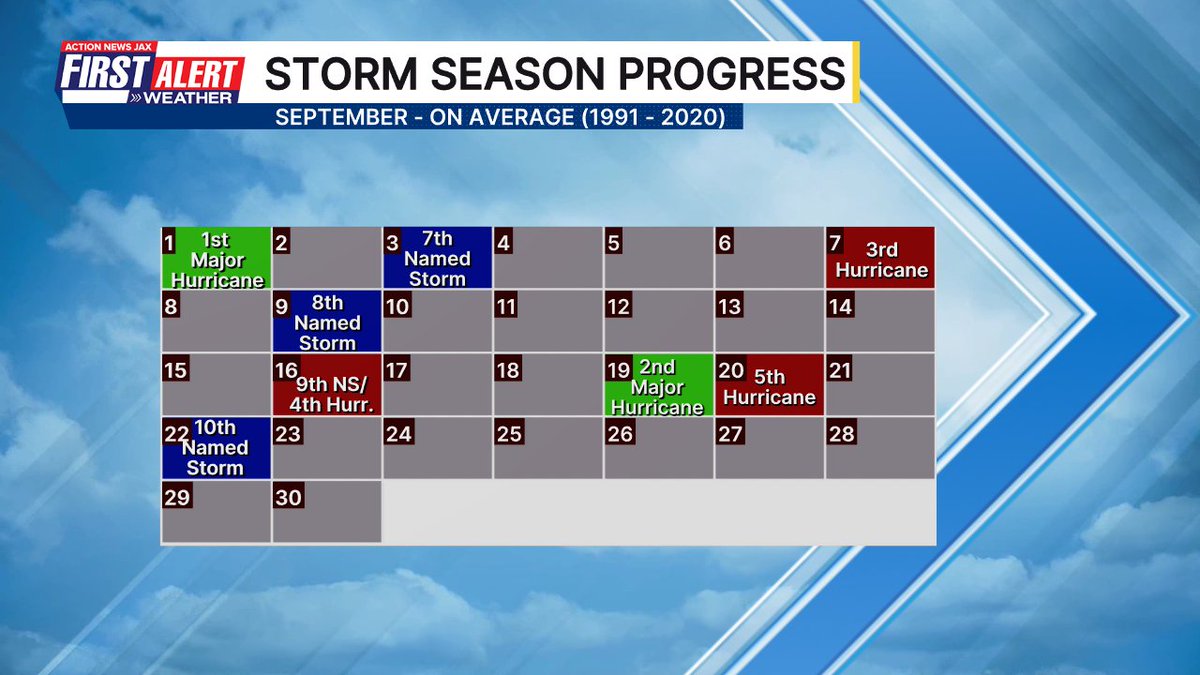Jacksonville, Fl. — THE TROPICS:
***** ALWAYS CHECK & RE-CHECK THE LATEST FORECAST & UPDATES! ****
Tropics threats/impacts for Jacksonville/NE Florida/SE Georgia: Building seas & surf with gusty winds through much of the upcoming week.
The Atlantic Basin Overview:
The Atlantic hurricane season is June 1st through Nov. 30th.
Tropical Storm WARNING: Central Bahamas, including Cat Island, the Exumas, Long Island,Rum Cay, and San Salvador... Portions of the northwestern Bahamas, including Eleuthera, NewProvidence, the Abacos, Berry Islands, Andros island, and GrandBahama Island.
Tropical Storm WATCH: East coast of Florida from the Palm Beach/Martin County Line to the Flagler/Volusia County Line
Tropical depression #9 is only slowly organizing over the Bahamas but once a core established, what will become “Imelda” will be off to the races. Recent models trends have wildly swung to a hurricane that abruptly turns east totally missing the U.S. southeast coast.
The upper level trough over the Eastern U.S. & the positioning of the Bermuda high to the east over the Atlantic are the main drivers for where #9 goes. While there will not be direct interaction between Humberto & #9, the softening of the ridge to the north that will turn Humberto looks like it will also be the “out” for t.d. #9.
NOAA & the N.W.S. are trying to help out the forecast models by launching extra weather balloons from Florida to the Mid-Atlantic (including Jacksonville N.W.S.) as well as special hurricane recon missions to sample the weather environment over & near the Caribbean & Southwest Atlantic.
Stay up to date on the latest forecasts but the pattern is swinging favorably in a “miss” for the U.S.
The 500mb (approx 30,000 feet) European forecast for Monday, Sept. 29:
(1) ‘94-L’ was upgraded to tropical depression #9 Sat. morning as low pressure is gradually organizing over very warm water with slowly weakening wind shear. As the storm progresses northwest then northward, the combination of less shear & very warm ocean water should allow for strengthening. The upper level trough to the west should also help ventilate the system in the upper levels helping to make conditions even more favorable for strengthening.
Virtually all long range forecast models - European, GFS, Canadian & UKMET now show the t.d. #9 moving northward to about the latitude of Daytona Beach followed by an abrupt turn east & headed out over the Atlantic following behind powerful Humberto. Google DeepMind follows suit after showing only weak or modest development the last few days or sometimes merging with Humberto.
Realize no model solution is locked in stone & flips & turns can & very well may still occur.
But the threat to the U.S. looks like it’s rapidly waning. Having said that, a strong onshore - out of the east/northeast - flow/wind will occur to the north & west of t.d. #9 for much of the upcoming week making for rough seas & surf + a high rip current risk at area beaches.
(2) ‘93-L’ was upgraded to “Humberto” Wed. afternoon & became a hurricane early Friday & reached “major” (Cat. 3+) status late Friday. It’s interesting that each Atlantic hurricane this season has become a “major” (Erin, Gabrielle, Humberto). Humberto will follow in the wake of Gabrielle but a little more west (closer to Erin’s track last month) which will mean at least some threat & impacts to Bermuda by Tue./Wed. Humberto will move slowly the next few days before finally turning more sharply to the northeast & accelerating by the middle to late part of of the upcoming week once the hurricane “rounds the bend” (the western edge of the ridge to the east).


Very warm water & lower shear values once #9 moves away from Hispaniola:
7-Day rainfall forecast:




Satellite microwave imagery from CIMSS:


Also of interest in trying to forecast t.d. 9 is a possible typhoon teleconnection. “Bualoi” is moving northwest & will move into Vietnam Sunday. This movement is due to an upper level trough well to the west over China edging southward to the west of Vietnam & a strong ridge to the north & northeast. I’m thinking that perhaps the forecast models - especially earlier in the week - were too far east with the U.S. trough given what’s going on over the W. Pacific. Since Wed., we have seen the forecast models shift west with TD Nine perhaps due to the upper level trough being more to the west vs. earlier forecasts. We also have to take into consideration Humberto to the east which is reflected by tropical cyclone “Neoguri” in the W. Pacific to the east of Japan seemingly helping to build a stronger ridge over the North Pacific mirroring the stronger ridge over the North Atlantic that now looks to turn t.d. #9 abruptly east.



‘Velocity potential anomalies’ below. shows “Rising” air (green lines) equates with an uptick in overall convection. With rising air, conditions are generally more favorable for tropical development. Where there are brown lines, the air is generally sinking & is often less conducive to tropical cyclones (though not impossible to have development).

The “Buresh Bottom Line”: Always be prepared!.....First Alert Hurricane Preparation Guide... City of Jacksonville Preparedness Guide... Georgia Hurricane Guide.
STAY INFORMED: Get the * FREE * First Alert Weather app
FREE NEWS UPDATES, ALERTS: Action News Jax app for Apple | For Android
WATCH “Preparing for the Storm”
WATCH “The Ins & Outs of Hurricane Season”
READ the First Alert Hurricane Center “Preparation Guide”
LISTEN “First Alert Weather: Preparing for the Storm”
Federal Alliance for Safe Homes (FLASH) * here *.
REMEMBER WHEN A TROPICAL STORM OR HURRICANE IS APPROACHING: Taping windows is *not* recommended & will not keep glass from breaking. Instead close curtains & blinds.
Realize the forecast cone (”cone of uncertainty”) is the average forecast error over a given time - out to 6 days - & *does not* indicate the width of the storm &/or where damage might occur.
The map below shows the *average* time for a tropical wave coming off Africa to travel west & northwest. Only about 1 in 5 tropical waves - on average - become a tropical cyclone of some sort (depression/storm/hurricane):






Water vapor loop (dark blue/yellow is dry mid & upper level air):

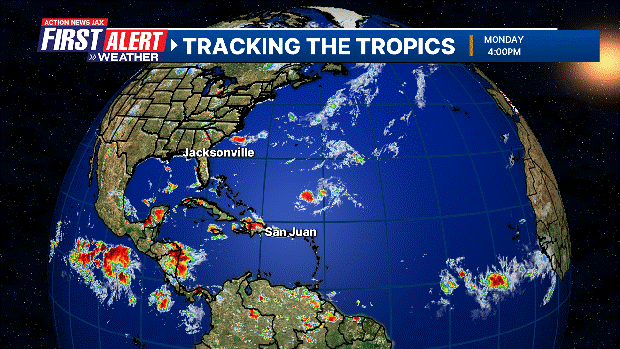
September Atlantic tropical cyclone origins:
Averages below based on climatology for the Atlantic Basin for September:
Wind shear (red - strong shear; green - low shear). Shear is typically strong to start the hurricane season:




Saharan dust spreads west each year from Africa driven by the prevailing winds (from east to west over the Atlantic). Dry air = yellow/orange/red/pink. Widespread dust is indicative of dry air that *can* interfere with the development of tropical cyclones. However, sometimes “wanna’ be” waves will just wait until they get to the other side of - or away from - the dust plume then try to develop if other conditions are favorable (we saw this with Beryl & Debby last year). It’s my personal opinion that there is way too much “hoopla” about the presence of Saharan dust & how it relates to tropical cyclones. In any case, the peak of Saharan dust typically is in June & July, & we are indeed seeing a large “blobs” of Saharan dust over the Central & Eastern Atlantic that’s thinning with westward extent but enough of it to make for hazy skies across the Caribbean & - at times - across parts of Florida.
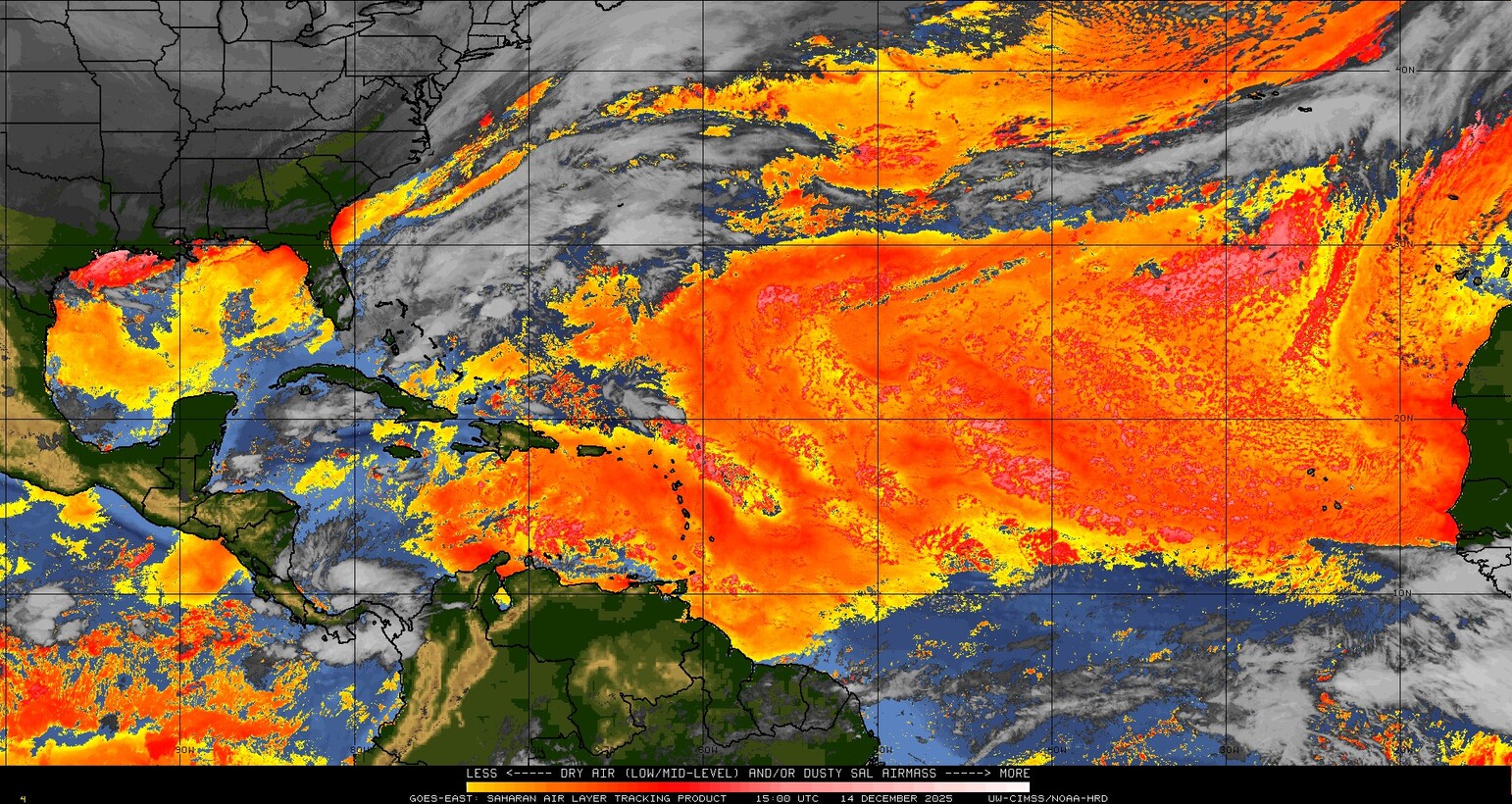
2025 names..... “Imelda” is the next name on the Atlantic list (names are picked at random by the World Meteorological Organization... repeat every 6 years). Historic storms are retired [Florence & Michael in ’18... Dorian in ’19 (the last time this year’s list was used) ... Laura, Eta & Iota in ‘20 ... Ida in ‘21 ... Fiona & Ian in ‘22... no names were retired in ‘23 for the first time since 2014... & Beryl, Helene & Milton last year in 2024]). The WMO decided - beginning in 2021 - that the Greek alphabet will be no longer used & instead there will be a supplemental list of names if the first list is exhausted (has only happened three times - 2005, 2020 & 2021). The naming of tropical cyclones began on a consistent basis in 1953. More on the history of naming tropical cyclones * here *.

Hurricane season climatology:
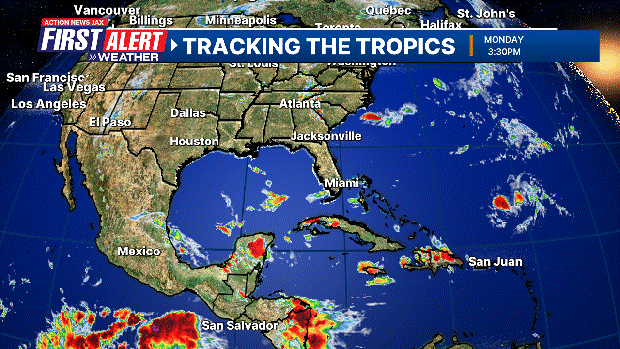



East Atlantic:




Mid & upper level wind shear (enemy of tropical cyclones) analysis (CIMMS). The red lines indicate strong shear:
Water vapor imagery (dark blue indicates dry air):

Deep oceanic heat content over the Gulf, Caribbean & tropical Atlantic. The colors will brighten greatly as the water warms to greater depths deeper into the season. It’s worth noting that the deep oceanic heat content right now is not as high as this time last year.

Sea surface temps.:

Sea surface temp. anomalies:

SE U.S. surface map:

Surface analysis centered on the tropical Atlantic:

Surface analysis of the Gulf:

Caribbean:

Atlantic Basin wave period forecast for 24, 48, 72 & 96 hours respectively:





This past spring I visited the west coast of Florida - from Cedar Key to Tampa Bay - to see how the area is recovering from the very rough ‘24 hurricane season namely Helene & Milton:
East & Central Pacific:
“Narda”:





Central Pacific:

Hawaii satellite imagery:


West Pacific:
Global tropical activity:
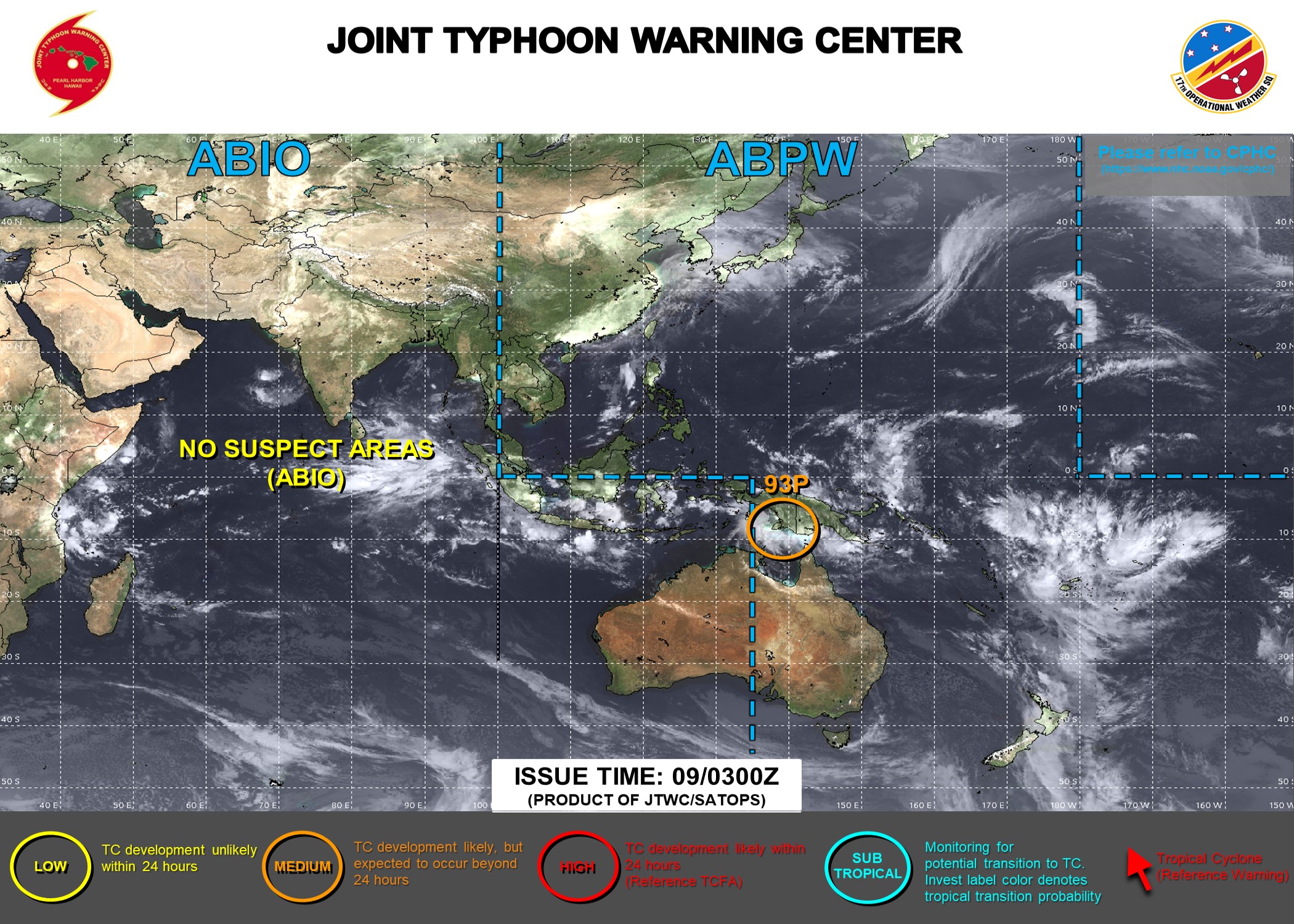
“Bualoi” will move through the middle of the Philippines:

“Neoguri” is crawling & is expected to stay east of Japan:
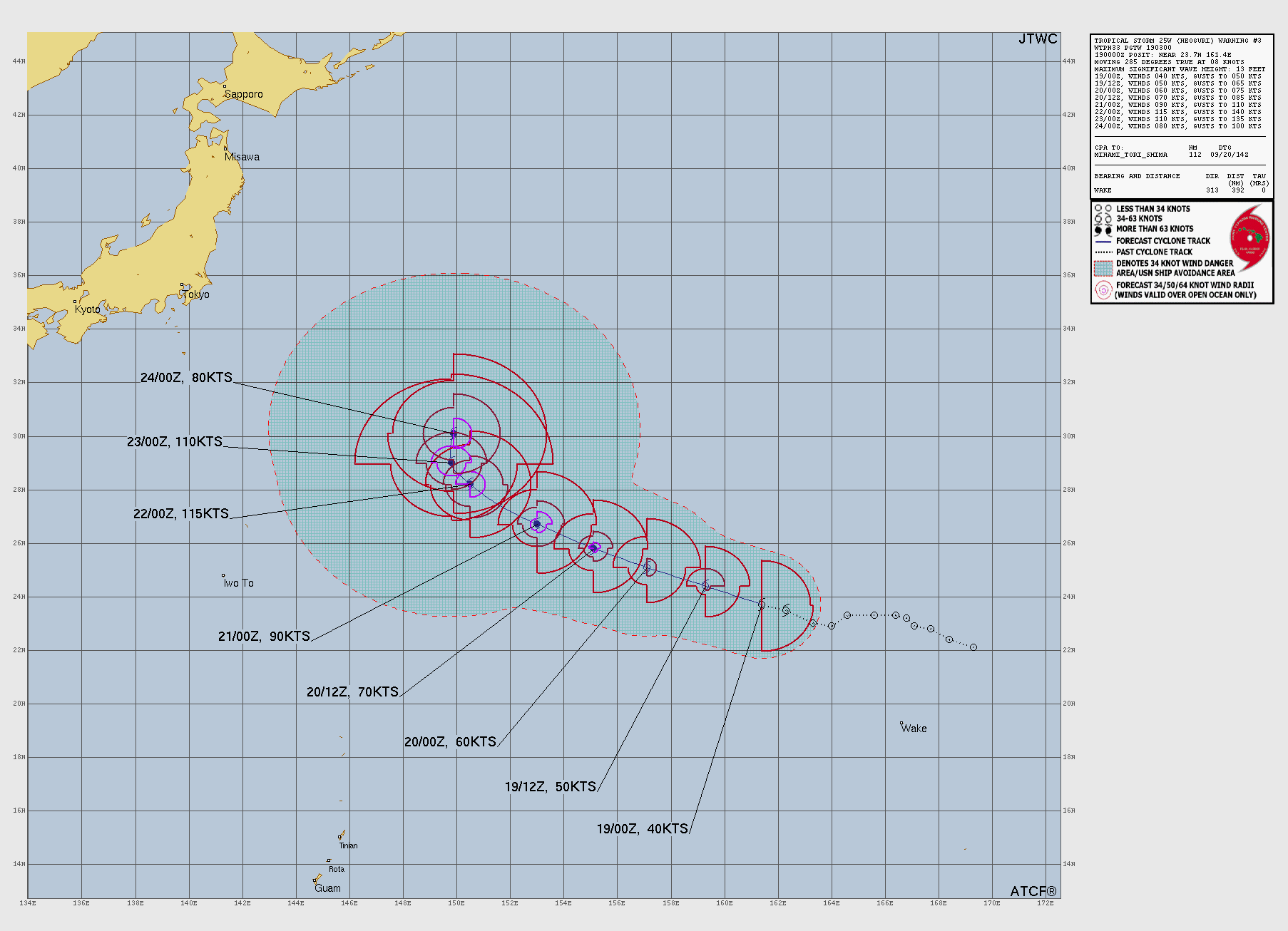
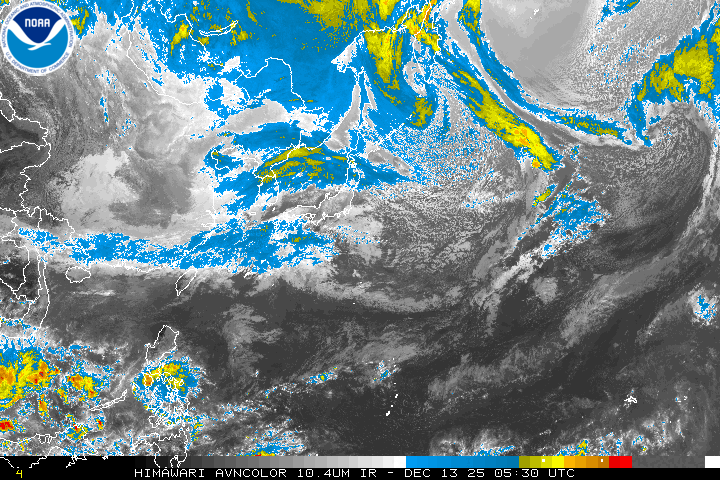


Cox Media Group

